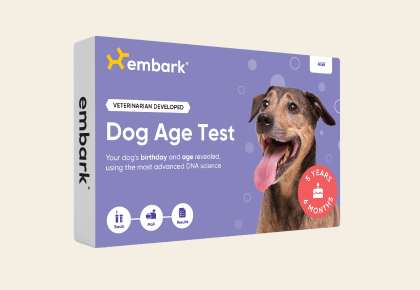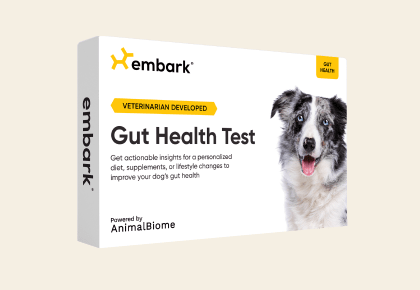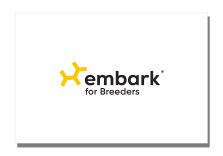Bernard-Soulier Syndrome, BSS
Dogs affected by Bernard-Soulier Syndrome (BSS) have increased bleeding tendencies. The GP9 gene encodes a subunit of a platelet surface membrane glycoprotein complex; this functions as a receptor for von Willebrand factor (VWF), which initiates the maintenance of blood clotting (hemostasis) after injury.
-
Signs and symptoms
Signs of this condition include nose bleeds (epistaxis), gingival bleeding, blood in the urine (hematuria), or bleeding after mating. Affected dogs will suffer bleeding tendencies throughout their entire life.
The typical age at presentation for the first evidence of a bleeding problem is between two to four years of age. However, bleeding may be minimal unless a significant trauma occurs. -
Diagnosis
Dogs with BSS show fluctuating changes on complete blood counts (CBCs) which may include enlarged platelets in low numbers, also called macrothrombocytopenia. The most common sign is abnormally large blood clots that result in bruising and bumps beneath the skin (hematoma formation) after they have blood drawn. Genetic testing may reduce the incidence of misdiagnosis as another platelet disorder such as immune-mediated thrombocytopenia (IMTP).
-
Treatment
Currently, treatment for BSS focuses on prevention of bleeding episodes, vigilant monitoring, and quick treatment of spontaneous bleeds. Dogs with BSS are at an increased risk for uncontrollable bleeding during surgical procedures. Veterinarians should be informed so that appropriate blood products are on hand in case a transfusion is required for affected dogs. Vets might be cautious in prescribing drugs that have an inhibitory effect on platelet aggregation.
-
What to do if your dog is at risk
Actions
- Talk to your vet about your dog’s BSS result so you can plan ahead for procedures like surgery or dental care and discuss ways to reduce bleeding risks.
- Be cautious with activities that could cause injury, such as rough play at dog parks or off-leash hikes where cuts or bruises could occur.
- To help stop minor bleeding, such as from a broken nail, keep basic first-aid supplies on hand, including bandaging material and styptic powder.
- If your dog is injured, apply gentle pressure with gauze or a cloth to the wound, and contact your vet if the bleeding doesn’t stop within a few minutes.
-
Genetic Information
This variant was first described in Cocker Spaniels.
Bernard-Soulier Syndrome is recessive, that is, a dog requires two copies of the variant to show signs of the disease from this variant.
Gene names:
GP9 ‐ chr
Inheritance type:
recessive
Citations:
-
Breeds affected
This health condition affects the following breeds
Learn about your dog’s unique genetic health
Dog owners
Breed identification, health and trait insights, personalized care recommendations, and the world’s first canine relative finder—all in one leading dog DNA test.
Learn about the report for dog ownersShop the test
Breeding programs
Embark’s test for breeding programs is one comprehensive DNA test designed with your needs in mind.
Learn about the report for breedersShop the test













